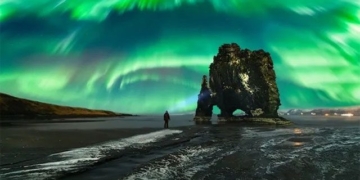A part of the Earth’s treasure consists of unique geological formations, entirely products of nature and untouched by human influence.
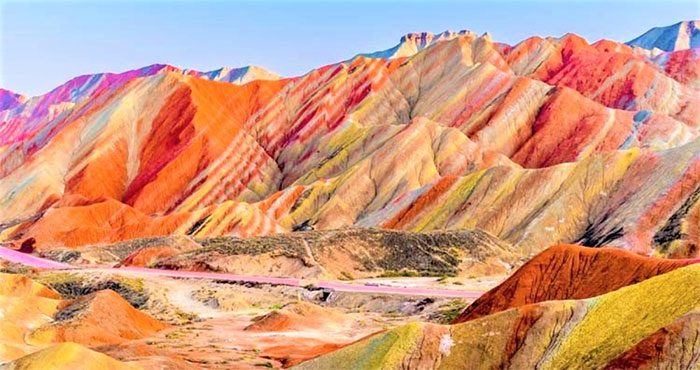
Danxia Landform, China: Formed from conglomerates and red sandstone during the Cretaceous period, many unique landforms can be found in southeastern, southwestern, and northwestern China. The main features of these landforms are steep cliffs and sprawling red terraces… This area is home to many species of flora and fauna, including 400 species considered rare or endangered… In 2010, several landscapes in southern China collectively known as Danxia were recognized as a World Heritage Site by UNESCO.
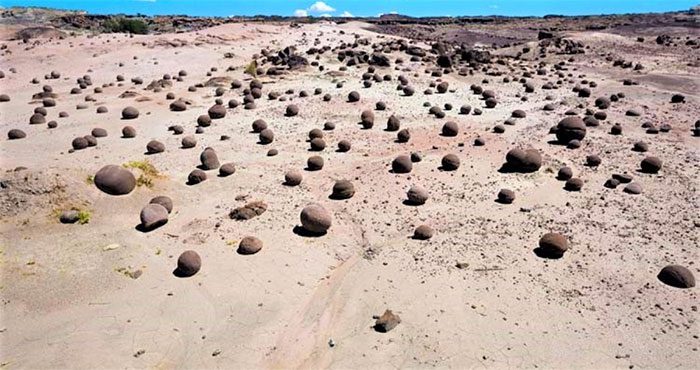
The Round Stones, Argentina: The formation of these unique large round stones can be found in the Moon Valley (also known as Ischigualasto), within a national park near the Chilean border. The round and smooth stones are the result of continuous erosion by wind and water over millions of years. Ischigualasto Park was designated a UNESCO World Heritage Site in 2000.
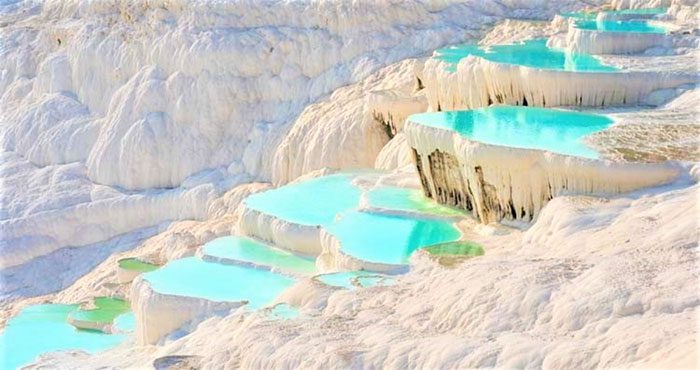
Pamukkale, Turkey: Pamukkale in Turkish means “cotton castle.” Pamukkale is also known as “Hierapolis,” “The Holy City,” located in Denizli Province, southwestern Turkey. Over millennia, natural pools rich in calcium carbonate formed from white limestone. As more tourists visited this site, hotels built in the mid-20th century caused significant damage to the natural monument. In 1988, these hotels were demolished when UNESCO recognized it as a World Heritage Site.
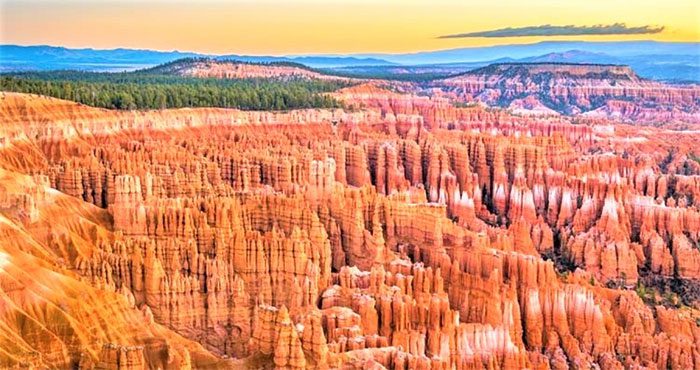
Hoodoos, USA: The rock formations known as “Hoodoos” in Bryce Canyon National Park resemble artificial geological models but are actually sedimentary rock columns combined with uneven red, orange, and white colors. This area has a continental climate with warm, dry summers and winter temperatures dropping as low as -17 degrees Celsius.
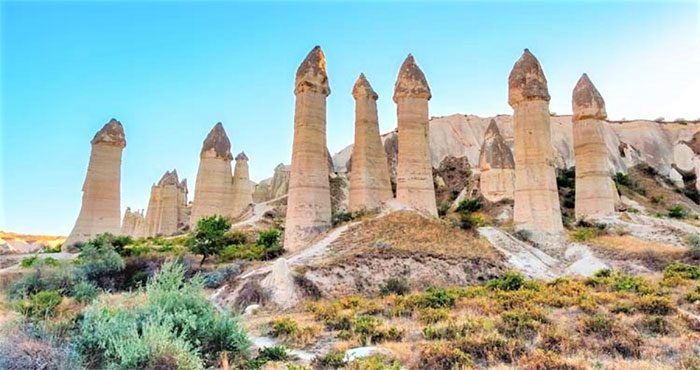
“Fairy Chimneys,” Turkey: “Fairy Chimneys” are mushroom-shaped rock columns that rise from the ground, formed over millions of years in Anatolia, Turkey. The softer part of the column has been eroded away, while the harder part remains intact, creating “chimneys” that reach heights of up to 37 meters.
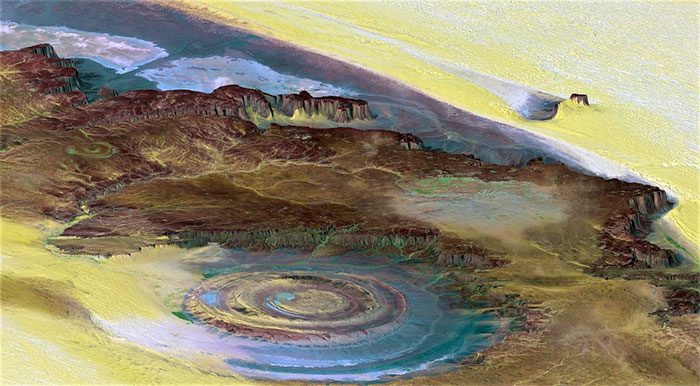
Richat Structure, Mauritania: Richat is a geological structure formed after the dome was eroded, exposing the original flat rock layers below in the Sahara’s Adrar plateau near Ouadane, Mauritania (Africa). The structure has a diameter of 40 km, with concentric rings of sedimentary rock surrounding the igneous rock layers at its center.

Mount Roraima, Venezuela: Mount Roraima is a mountain with 400-meter-high cliffs on all four sides, marking the border between three countries: Venezuela, Brazil, and Guyana. It is located in the southern corner of Venezuela and is part of Canaima National Park. The mountain ranges, including Roraima, are among the oldest geological formations known—two billion years old. This area is also home to some of the highest waterfalls in the world and inspired the name “Paradise Falls” in Pixar’s movie Up.
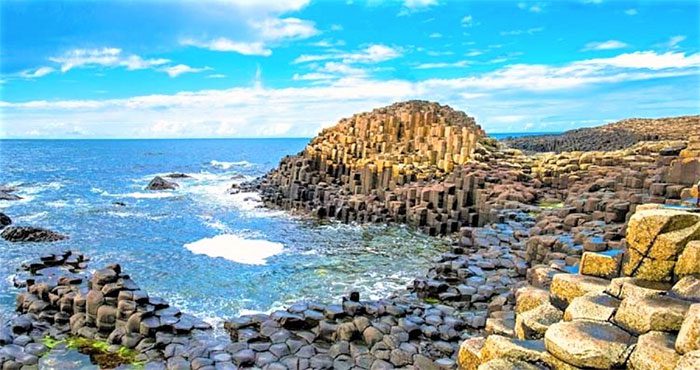
Giant’s Causeway, Northern Ireland: The Giant’s Causeway is an area of about 40,000 irregular basalt columns, resembling steps leading down to the sea, located 40 km northeast of Derry on the edge of the Antrim Plateau, between Causeway Head and Benbane Head. The steps were formed about 50-60 million years ago during the Paleogene period when lava slowly flowed towards the coast, cooled, and then came into contact with the sea. The basalt layers created the columns, and pressure between the columns led to these polygonal shapes. The steps reach heights of up to 25 m and have diameters ranging from 4.5 to 6 m. The Giant’s Causeway was recognized as a World Heritage Site in 1986.
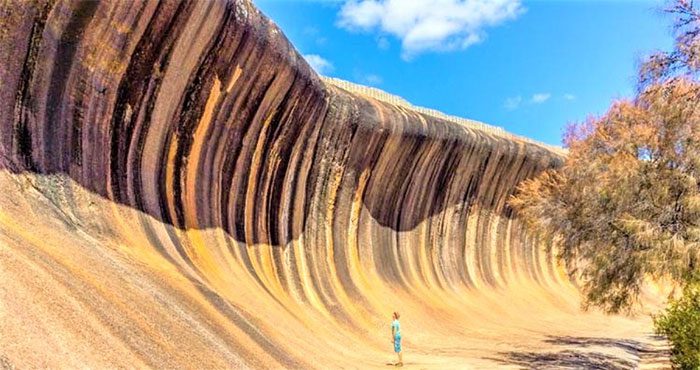
Wave Rock, Australia: Wave Rock resembles a towering ocean wave, located near the small town of Hyden, Perth, Australia, and is referred to by the indigenous people as the structure “Kattar Kich.” The wave part of the rock is 15m high and 110m long. The wave is the northern part of a hill called Hyden Rock.
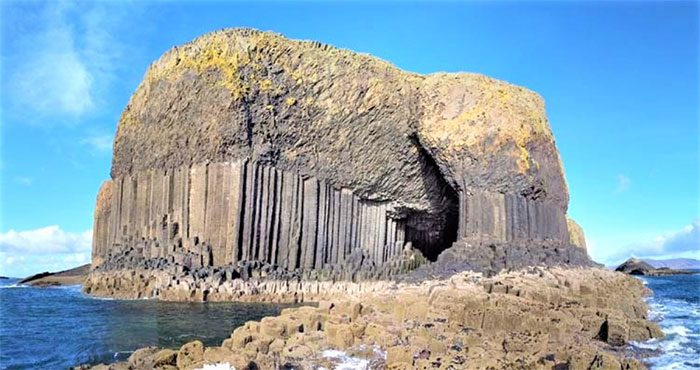
Fingal’s Cave, Scotland: Located on the uninhabited island of Staffa in the Inner Hebrides, Scotland, Fingal’s Cave is known for its natural sound system supported by its arching roof. Fingal is composed entirely of hexagonal basalt columns similar to those of the Giant’s Causeway in Northern Ireland. These basalt columns were formed due to the cooling process and pressure that occurred when lava met seawater. Fingal was rediscovered in 1772 and has attracted many tourists since then.
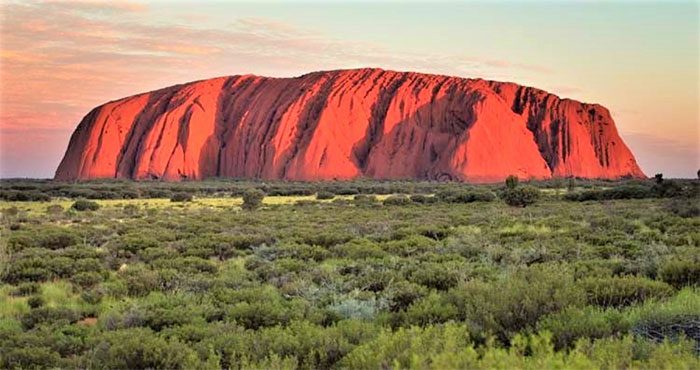
Uluru, Australia: Uluru is a massive monolithic sandstone rock located 334 km from the town of Alice Springs (south of Northern Australia). It is composed of arkosic sandstone, situated in the desert and rising 860m above sea level, first discovered by explorer Ernest Giles in 1872. One unique feature is the color of the rock that changes with the position of the Sun. At sunset, it takes on a reddish-orange hue. This landmark has been famous since the 1930s and was recognized as a World Heritage Site by UNESCO in 1987.
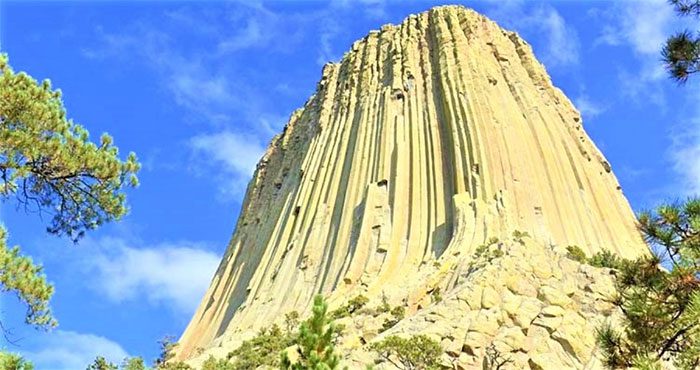
Devils Tower, USA: Devils Tower, also known as “Bear Lodge”, is a natural rock tower, a remnant of volcanic erosion due to weathering, located near the Belle Fourche River (northeast Wyoming). The tower is made of igneous rock and has a flat top that covers 1.5 acres with ridged sides. Devils Tower rises 867m from its base and reaches 1,560m above sea level.





















































